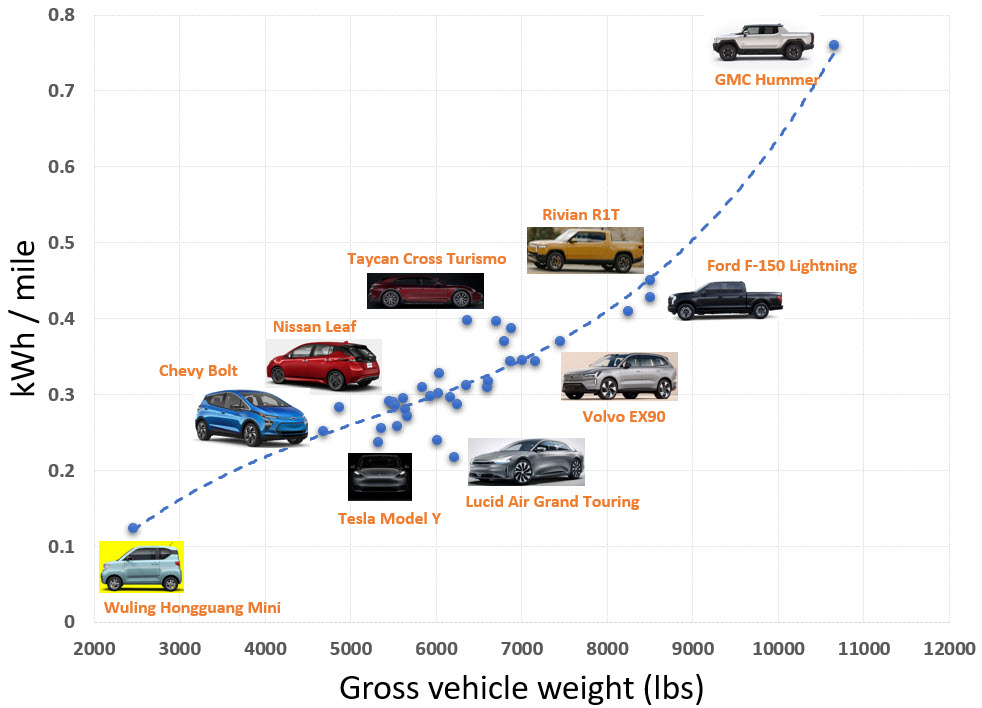
Energy consumption of electric vehicles
![]()
Summary of per mile energy consumption of leading electric vehicles. Looking cool in the electric Hummer? Check. Helping the environment? Not so much.

![]()
Summary of per mile energy consumption of leading electric vehicles. Looking cool in the electric Hummer? Check. Helping the environment? Not so much.
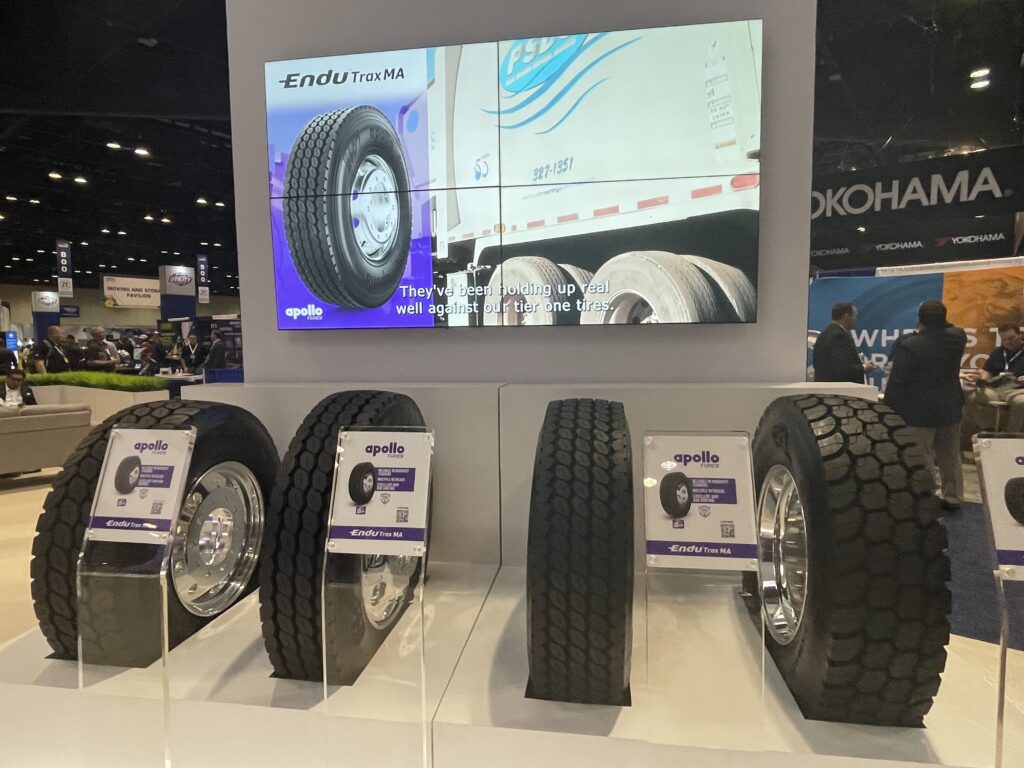
![]()
Tire manufacturers are developing the next generation tires for light- and heavy-duty vehicles to address the new performance and sustainability needs of electrified fleets.

![]()
Watch this fun video for a take by ChatGPT on the wavering stance of OEMs on BEVs and ICEs
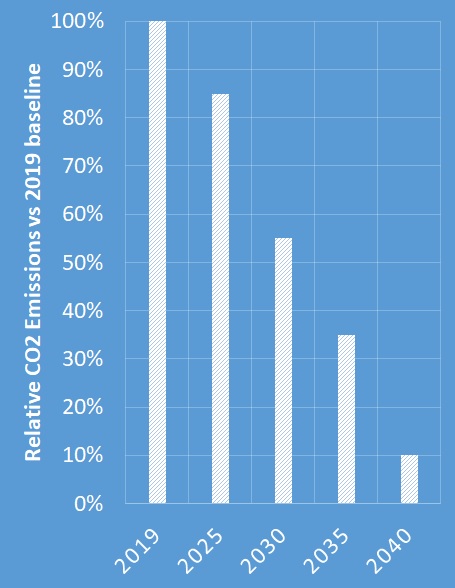
![]()
Europe has proposed an ambitious revision to its heavy-duty vehicle CO2 emission standards. Here’s a summary of some of the revised and new elements
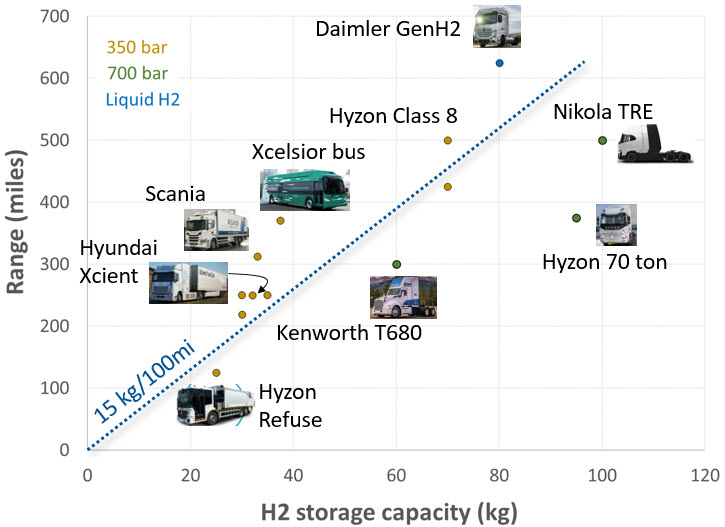
![]()
An updated summary of available hydrogen fuel cell electric trucks and buses, their announced range and hydrogen capacity.
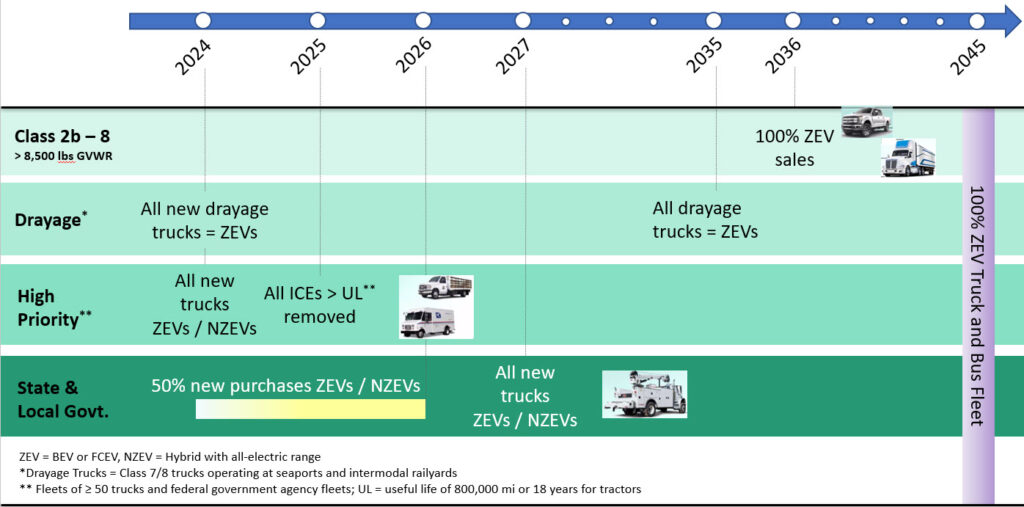
![]()
A summary of CARB’s latest Advanced Clean Fleets proposal for heavy-duty truck electrification as discussed in the February 2023 Workshop.
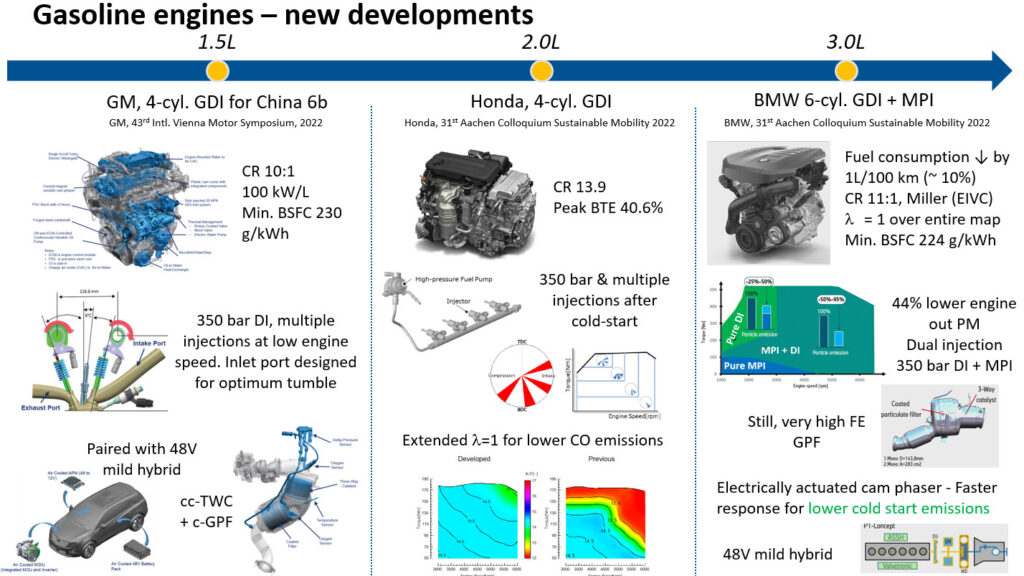
![]()
Yes, OEMs continued developments of new gasoline engines in 2022. Here’s a short write-up of key technologies added covering a range of 1.5L to 3L engines.

![]()
What’s better than a long-term EV outlook? Two outlooks, both published in the same month. Here’s a quick comparison of some of the important aspects pertinent to the rate of electric vehicle uptake.
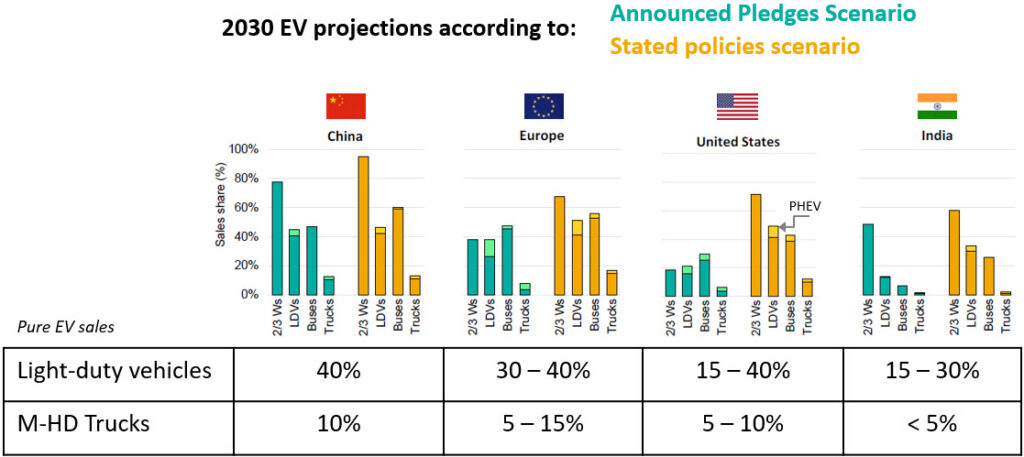
![]()
Highlights from the International Energy Agency (IEA) annual outlook on electric vehicles, and the associated view on the batteries and infrastructure needed to 2030.

![]()
The US EPA has revised the fuel economy standards for model years 2023 – 2026. On average, this will require fleet averaged annual reductions of CO2 or fuel consumption by 7%. Overall, the model year 2026 CO2 emissions will be further reduced by 23% compared to the previous Safer Affordable Fuel-Efficient (SAFE) rule.